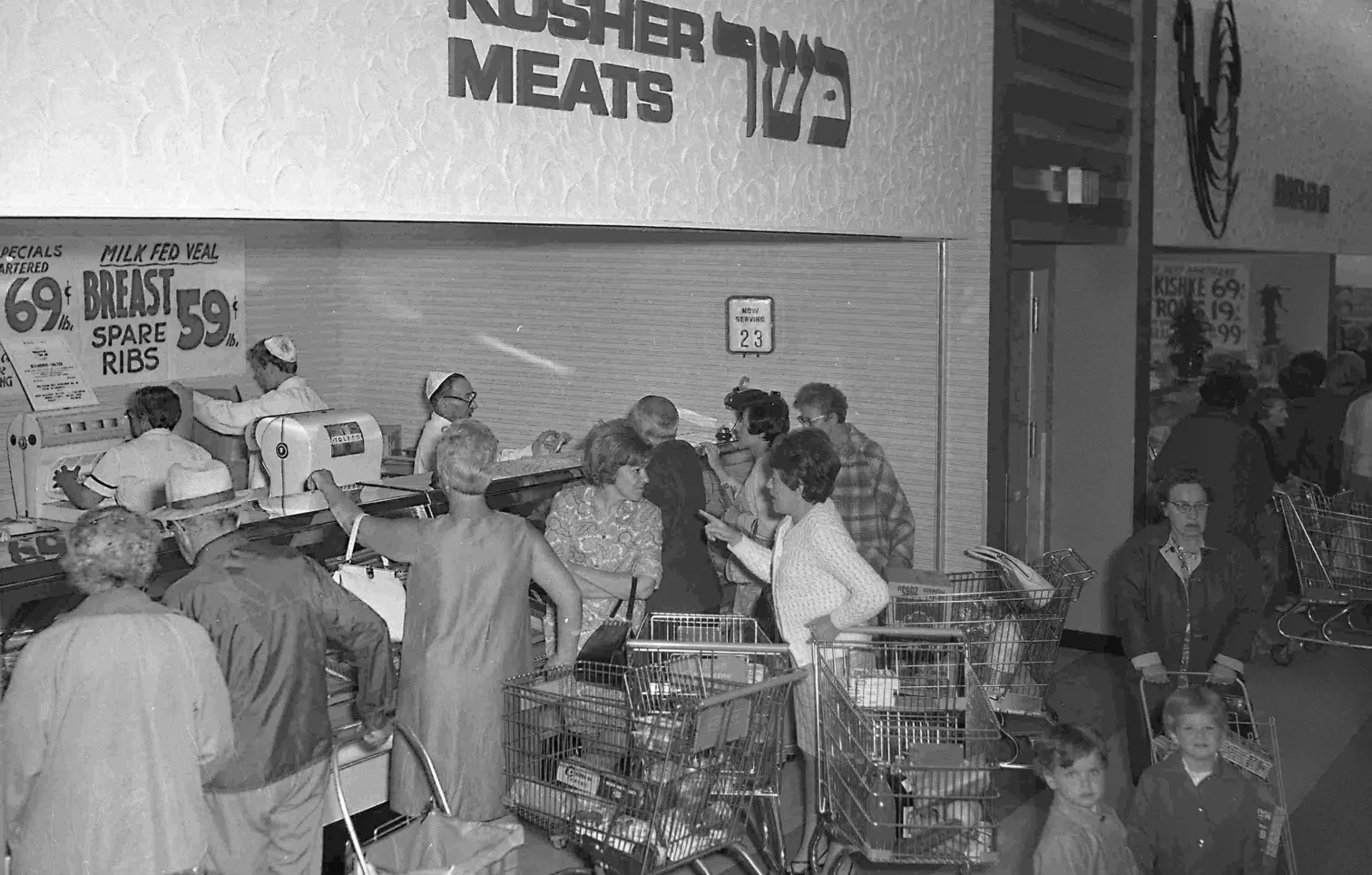There were fewer than 50,000 Jewish people living in Toronto in the 1930s when a group of visionary and optimistic community leaders got the idea to build a large Jewish cemetery on Wilson Ave, between Dufferin and Keele Streets. Most of the city’s Jewish residents lived south of Harbord St. and east of Bathurst. Few of them would have ventured north to the Downsview frontier.
The 1941 census recorded only 63 Jews residing in North York, representing just 0.3% of the city’s Jewish population. Twenty years later, that number had grown to 45,400, or 16.8% of Toronto’s Jewish residents.
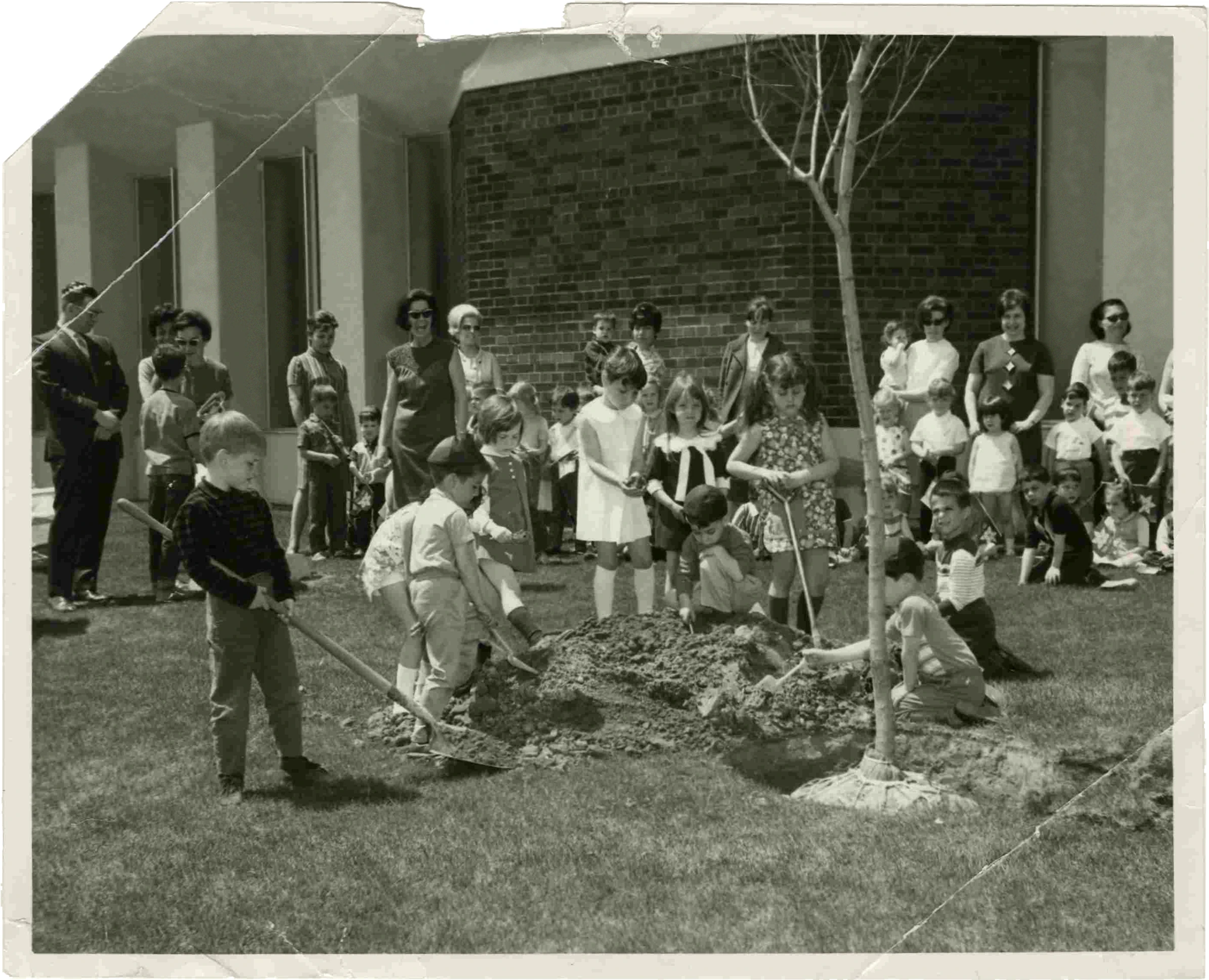
Many of the new arrivals were families looking to escape the crowds and chaos of life downtown. But there were also a substantial number of European Jews who had fled the horrors of the Holocaust and were eager to start a new life in a new country. All were looking to build a Jewish life for their families with the space, security, and stability that this suburban neighbourhood could offer; one that was more affordable than established Jewish enclaves like Cedarvale and Forest Hill.
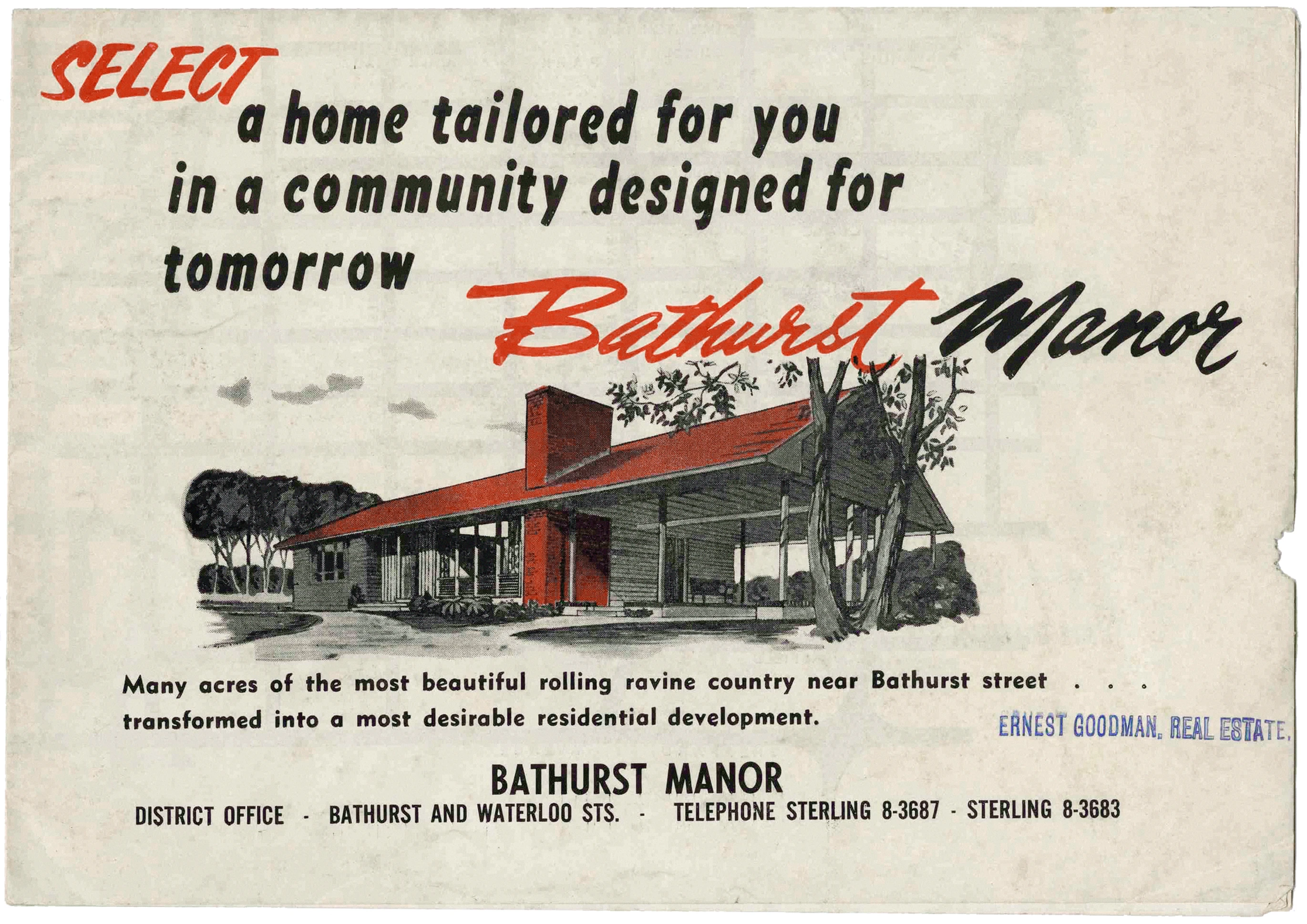
For many of them, this new home would be an area carved out of the open fields surrounding Downsview, bounded by Sheppard Ave. on the south, Finch Ave. to the north, Bathurst on the east, and Dufferin St. on the west. Growing up in that neighbourhood, it was typically referred to as Downsview. In the late 50s and early 60s, developers began to create Bathurst Manor – a decidedly more upscale development. In one promotional brochure, they described it as “a community for happy living, a residential estate in which only fine homes will be near to yours.”
Those homes, a variety of bungalows, ranch houses, and split levels on wide paved streets, first hit the market in 1954. Many of them could be had for under $20,000. So remote was the area that the writers of the brochure saw the need to include that postal delivery and telephone service would be available.
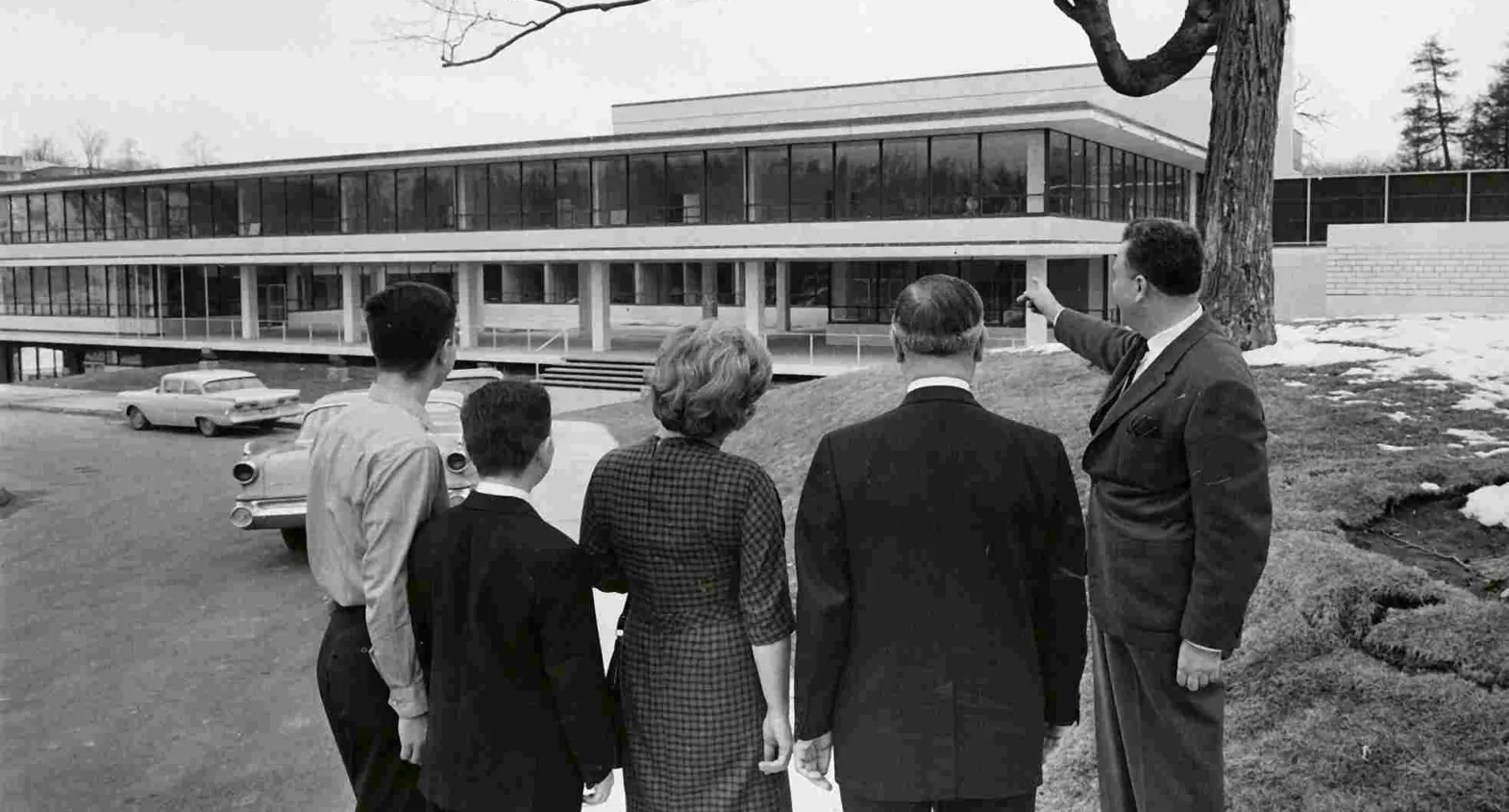

Bathurst Manor was an instant success. By 1961, it was home to 9,200 people. Seven thousand of them were Jews. They had everything they needed to create a thriving self-contained Jewish community. There were at least half a dozen synagogues in the area, serving Orthodox, Conservative worshippers. Most offered full or part-time religious education. In the summer, there were a myriad of day camps and a very active Parks and Recreation program that was organized through all the public schools. And the area’s three public high schools, Northview Heights, William Lyon Mackenzie, and Sir Sandford Fleming unofficially shut down on Jewish holidays.
There were three centres where people congregated: Sheppard and Bathurst – where the mall was seen as quite swanky at the time. Steinberg’s grocery store was located there, the first in the area, and slowly joined by other smaller retail shops like Pinky’s, a take out Chinese shop, and, for more upscale Chinese food dining there was Sunset Terrace.
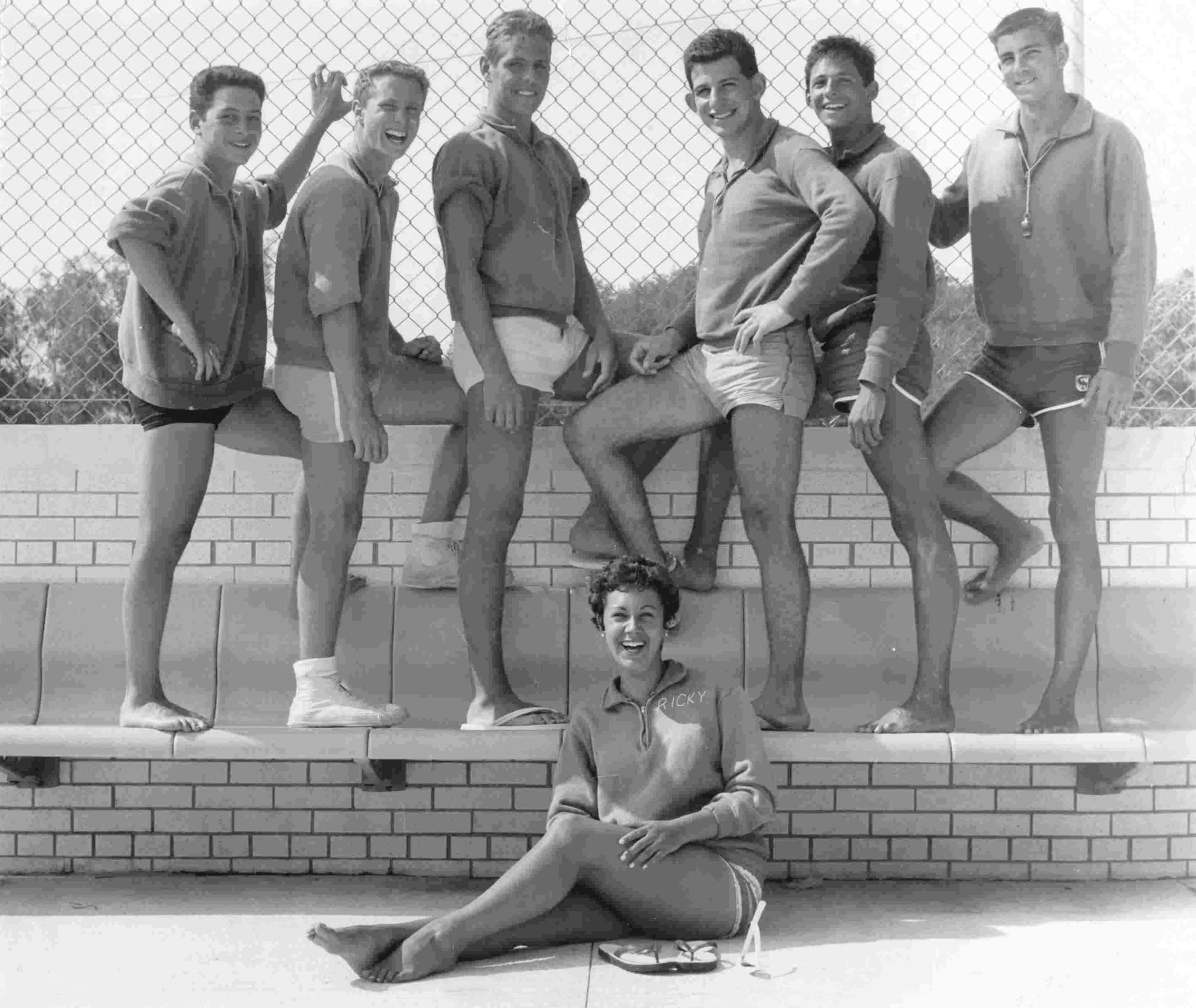
The second area where people congregated was a mini-mall directly across from Dublin Public School on Sheppard at Wilmington. This was the celebrated home of Deluxe Bakery, offering the best chocolate cake in town, and at the corner, Fat Art’s Delicatessen.
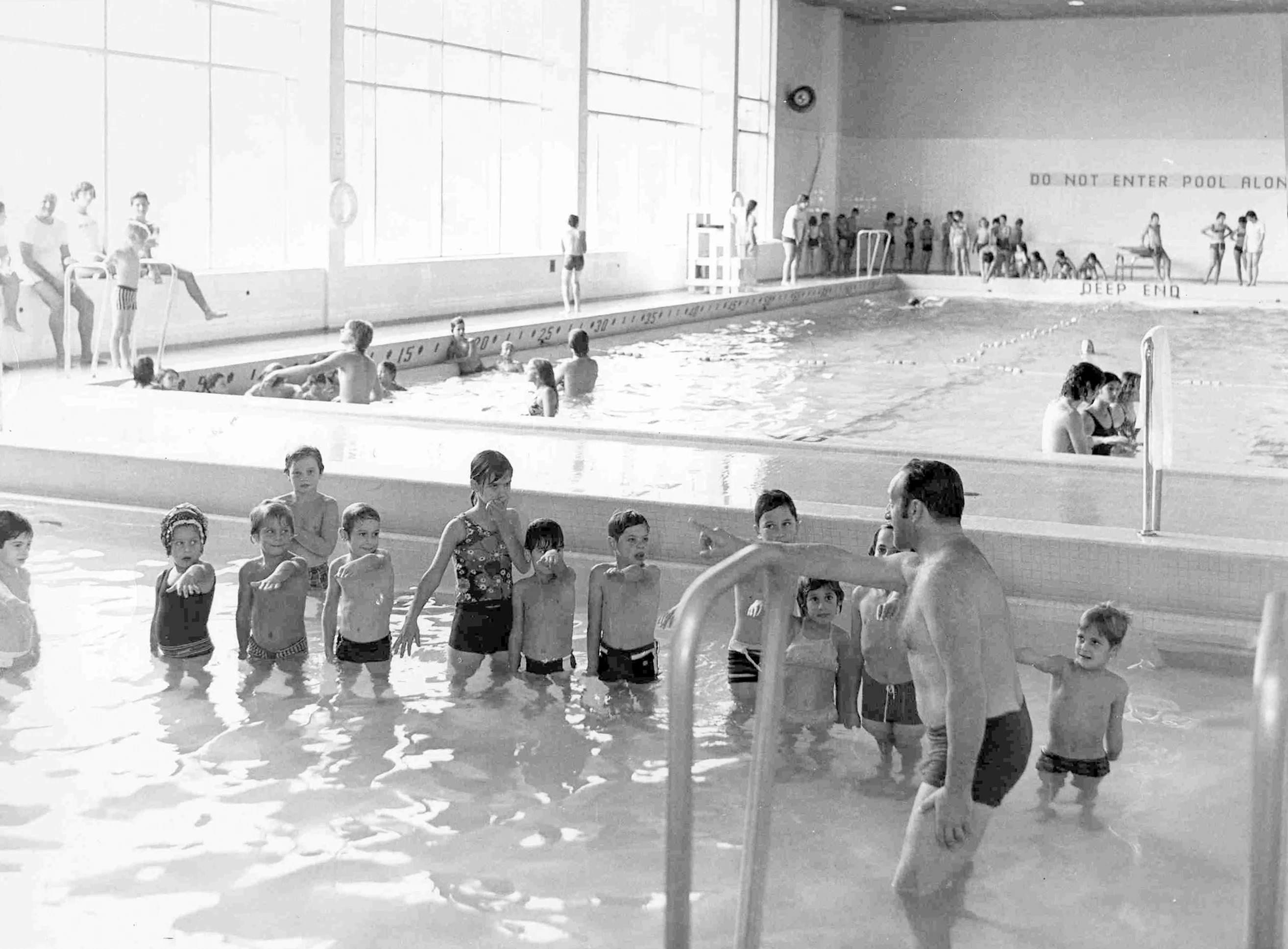
The third busy centre was the Bathurst Manor Plaza at the corner of Wilmington Ave and Overbrook Place. This had the Dominion store (later Sunnybrook) for groceries, Louis’ Bakery, with the best chocolate donuts, and Goodman’s China, where brides registered. There was a cigar store, bank, hardware store, barber shop, and doctors and dentists’ offices upstairs on the second floor. There was really no need to shop anywhere else, and during its heyday in the 1960s and 70s, many people in Bathurst Manor didn’t. The real jewel was the park directly beside the mall where kids hung out – skating in the winter and playing sports in the summer.
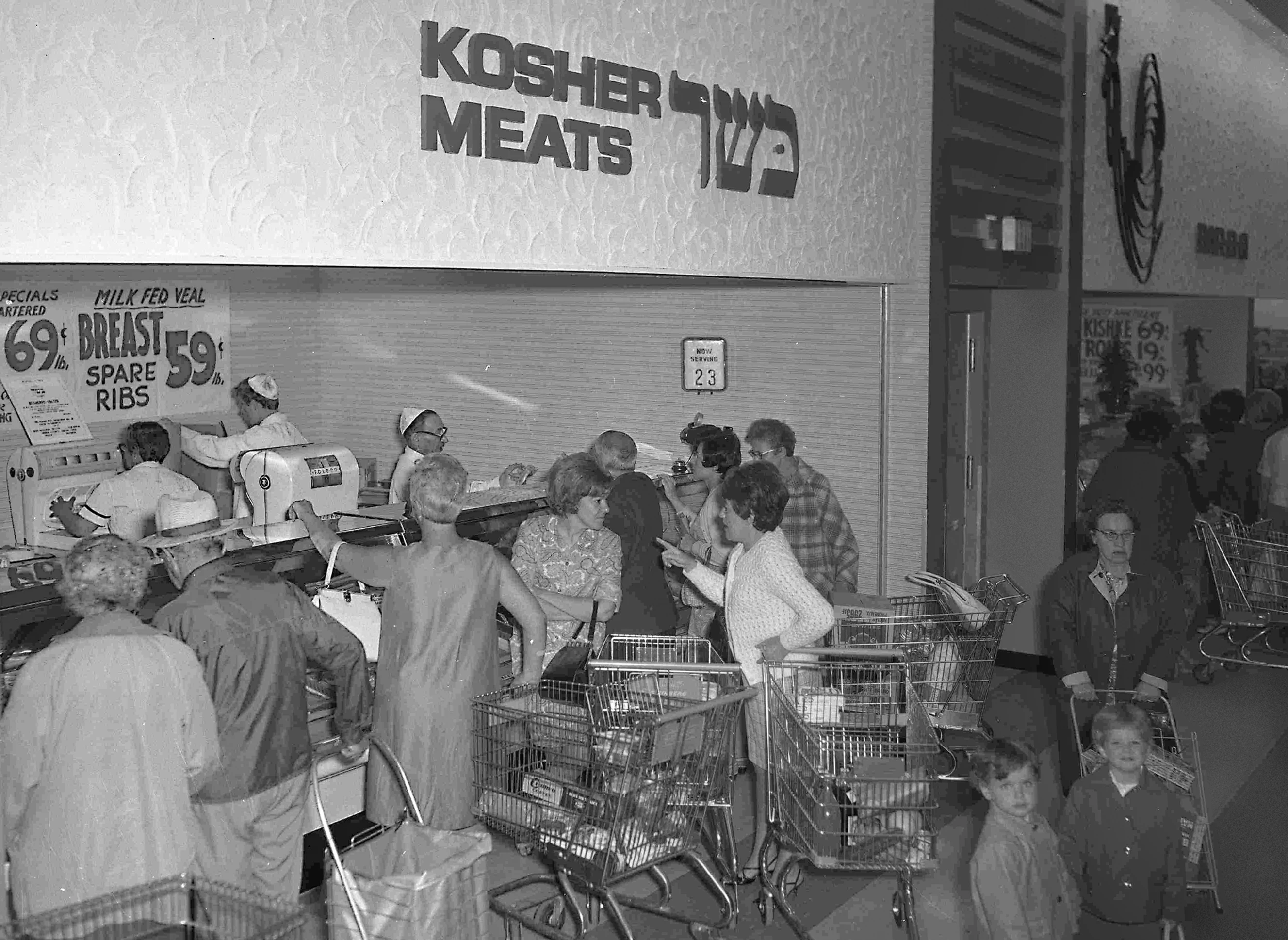
But nothing stays the same, and Bathurst Manor is no exception.
After years of decline, the plaza closed in July 2016. The city is currently considering an application for redevelopment of the site.
And while most of the religious schools and synagogues built in the 1950s and 60s are still intact, the Jewish community continued its northward migration to places like Thornhill and Vaughan. Today, only about 30% of Bathurst Manor’s residents are Jewish. They have given way to newer immigrant groups. For the newcomers, Bathurst Manor is also the gateway to their Canadian future.
More Stories

Defence and Civil Institute of Environmental Medicine
ownsview has been the site of aerospace research for decades, but a lesser known chapter of scientific innovation concerns undersea and aviation medicine.

The de Havilland Beaver
Call it Downsview’s greatest gift to the world of aviation. Many successful aircraft were developed at de Havilland’s Downsview plant over the course of its fifty-year run - the Mosquito, the Tiger Moth, the Chipmunk, the Buffalo, the Twin Otter to name but a few – but arguably none had the magnitude of impact of the DHC-2 Beaver.
